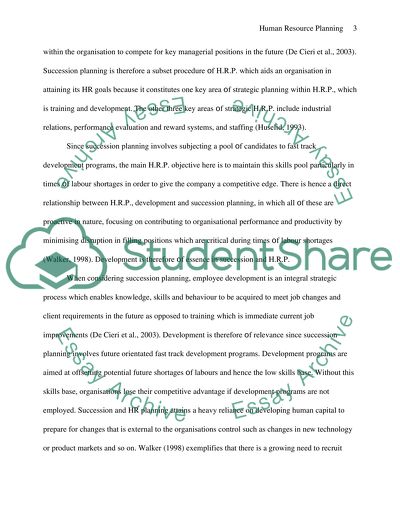Cite this document
(“Definition of Human Resource Planning Literature review”, n.d.)
Definition of Human Resource Planning Literature review. Retrieved from https://studentshare.org/human-resources/1513948-human-resource-planning-essay
Definition of Human Resource Planning Literature review. Retrieved from https://studentshare.org/human-resources/1513948-human-resource-planning-essay
(Definition of Human Resource Planning Literature Review)
Definition of Human Resource Planning Literature Review. https://studentshare.org/human-resources/1513948-human-resource-planning-essay.
Definition of Human Resource Planning Literature Review. https://studentshare.org/human-resources/1513948-human-resource-planning-essay.
“Definition of Human Resource Planning Literature Review”, n.d. https://studentshare.org/human-resources/1513948-human-resource-planning-essay.


